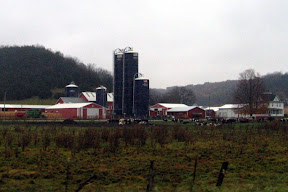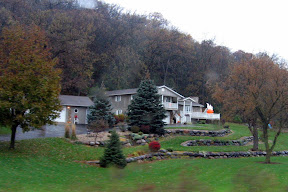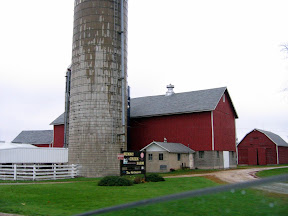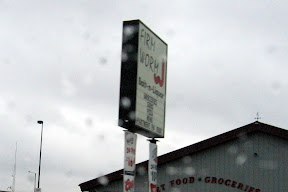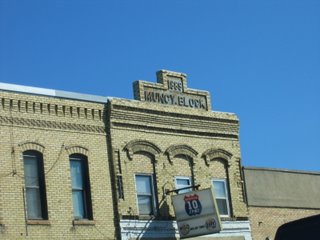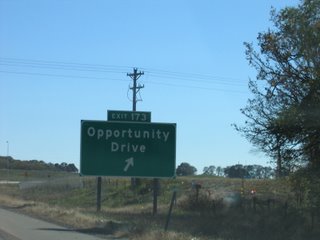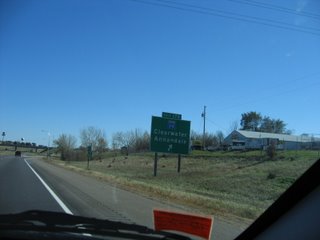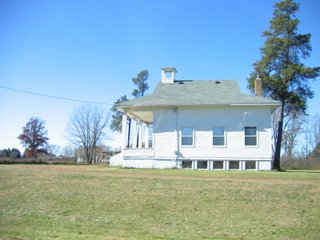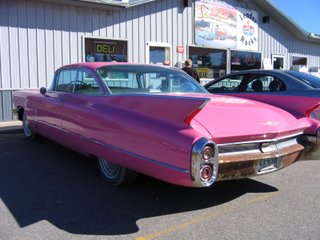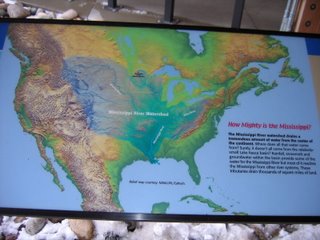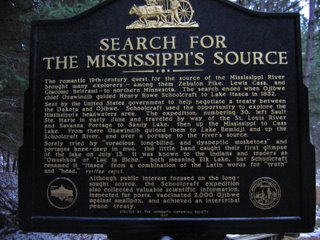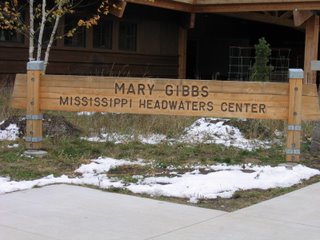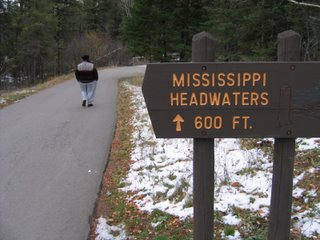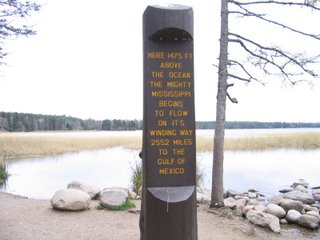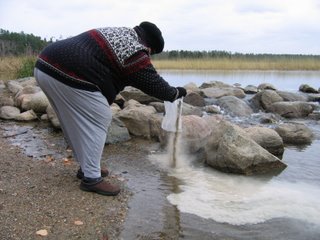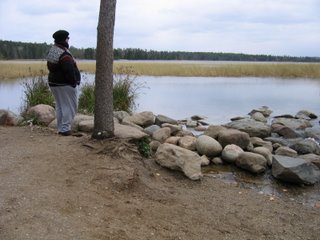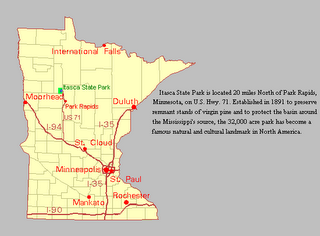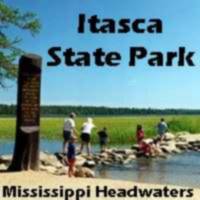Saturday night we attended a live radio broadcast of Garrison Keillor's "
A Prairie Home Companion" at the Fitzgerald Theater in St. Paul.
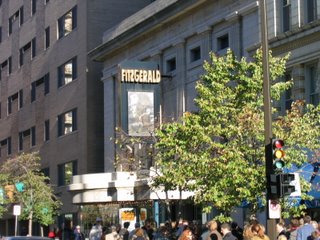
Built in 1910, the Fitzgerald Theater is Saint Paul's oldest surviving theater space. When the Fitzgerald first opened, as the Sam S. Shubert Theater, it was hailed as one of the most beautiful theaters of its day. It was constructed of concrete and steel with a sandstone facade, complete with 16 dressing rooms, a stage that could be raised or lowered by two feet, a built in vacuum-cleaning system and nearly 2,000 electric lights.
The theater eventually languished, and fell into disrepair. Minnesota Public Radio purchased the theater in 1980 and restored it in 1986 for the live radio program A Prairie Home Companion with Garrison Keillor.
I've listened to the show for 30 years, almost as long as it has been on the radio, but this was the first time I've seen it in person.
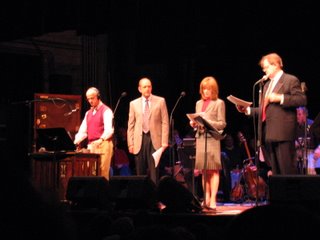
It was really funny watching sound effects man Tom Keith create so many realistic sounds, many of them using only his mouth.
We knew we were in for a real treat when Garrison announced that the musical headliner for the evening would be none other than the legendary
Taj Mahal.

For his first song, Taj accompanied himself on banjo, his second on the piano and the final song on the electric guitar.
Taj Mahal is not your ordinary bluesman.
Born Henry St. Claire Fredericks in Harlem on May 17, 1942, Taj grew up in Springfield, Massachusetts. His father, a jazz pianist/composer/arranger of Caribbean descent, and his mother, a gospel-singing schoolteacher from South Carolina, encouraged their children to respect and be proud of their roots. His father had an extensive record collection and a short-wave radio that brought sounds from near and far to Taj’s ears. His parents also started him on classical piano lessons, but after two weeks, he says, "it was already clear I had my own concept of how I wanted to play." The lessons stopped, but Taj didn't.
While attending the University of Massachusetts at Amherst as an agriculture student in the early 1960s, the musician transformed himself into Taj Mahal, an idea that came to him in a dream. He began playing with the popular U. Mass. party band The Elektras, then left Massachusetts in 1964 for the blues-heavy L.A. club scene. There he formed The Rising Sons with Ry Cooder, Ed Cassidy, Jesse Lee Kinkaid, Gary Marker, and Kevin Kelly.
We also heard two members of the St. Paul Symphony Orchestra, who performed several orignal ragtime numbers, each one preceeded by a poetry reading from Garrison.
Garrison's monologue wasn't about life in fictional Lake Wobegone, but instead took the form of a hilarious, looping story about the upcoming election.
After the show we returned to our motel, stopping on the way for a delicious supper at Baker's, a local restaurant chain known for its wide variety of homemade pies.
